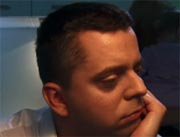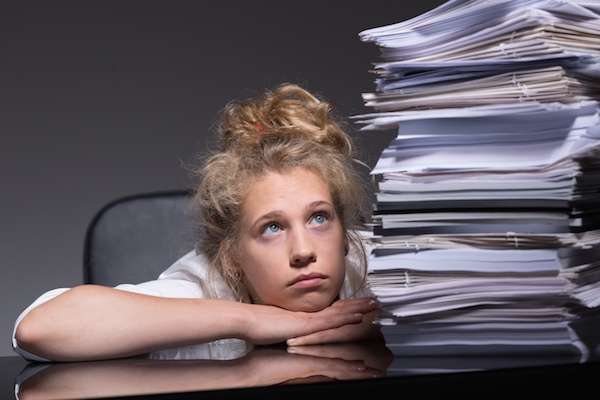
TUESDAY, Aug. 17 (HealthDay News) — Nearly 40 percent of Americans with major depression also have brief but recurring episodes of manic behavior, a new study suggests.
Researchers at the U.S. National Institute of Mental Health (NIMH) reported that these patients have what’s called “subthreshold hypomania” — meaning a milder form of mania that lasts fewer than four days, and is therefore below the threshold for bipolar disorder.
“With hypomania, people may be more active and energetic than usual, and they may sleep less and become agitated more easily,” said the study’s senior author, Kathleen Merikangas, a senior investigator at the NIMH in Bethesda, Md. “The behavior is definitely different than their usual state, but it doesn’t cause impairment in their lives.”
The findings were published Aug. 16 in the online advance edition of the American Journal of Psychiatry.
Merikangas and her colleagues analyzed data from a survey of more than 5,000 U.S. households. They found that people with subthreshold hypomania have higher rates of anxiety and substance abuse and more depressive episodes than depressed people who don’t exhibit manic behavior. What’s more, they were just as likely to have a family history of mania as people with bipolar disorder, which suggests that they may be at a higher risk of developing full-blown bipolar disorder down the road.
Although these mild episodes of mania last only two or three days, they recur frequently, Merikangas said. She stressed that some periods of high energy are entirely natural. “If someone has one instance where she feels really good for a few days because of something that happened in her life, like falling in love, that’s not subthreshold hypomania,” Merikangas said.
A true manic episode lasts for one week or more, often includes psychotic symptoms and sometimes requires hospitalization. However, the researchers noted that most people with bipolar disorder experience hypomania rather than mania.
“This study really helps consolidate an idea that’s been around for a while, which is that there’s a broad continuum — ranging from pure unipolar depression to classic bipolar depression,” said Dr. Gregory Simon, a psychiatrist and mental health researcher at the Group Health Research Institute in Seattle.
Simon added that the findings raise questions about treatment implications, which need to be addressed in future studies. “Does it mean that these people may get greater benefit from some treatments rather than others? There’s a way to answer that question, but we haven’t done that yet.”
In the meantime, Merikangas advises friends and family members to be aware of a loved one who behaves in a way that’s uncharacteristic for them for a few days, like drinking more than usual or spending a lot of money, and then goes back to normal.
“If you see this kind of behavior, it’s really wise for that person to get an evaluation by a mental health professional,” she said. “The idea is to intervene before someone develops more serious problems, like drug and alcohol abuse. We can’t prevent bipolar disease from occurring, but we can prevent the consequences.”
More information
There’s more on bipolar disorder at the U.S. National Library of Medicine.

